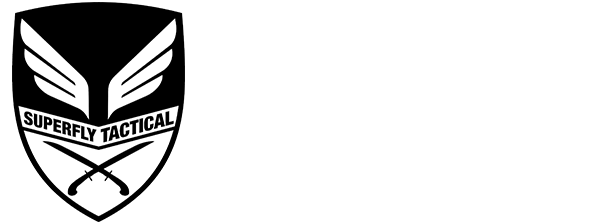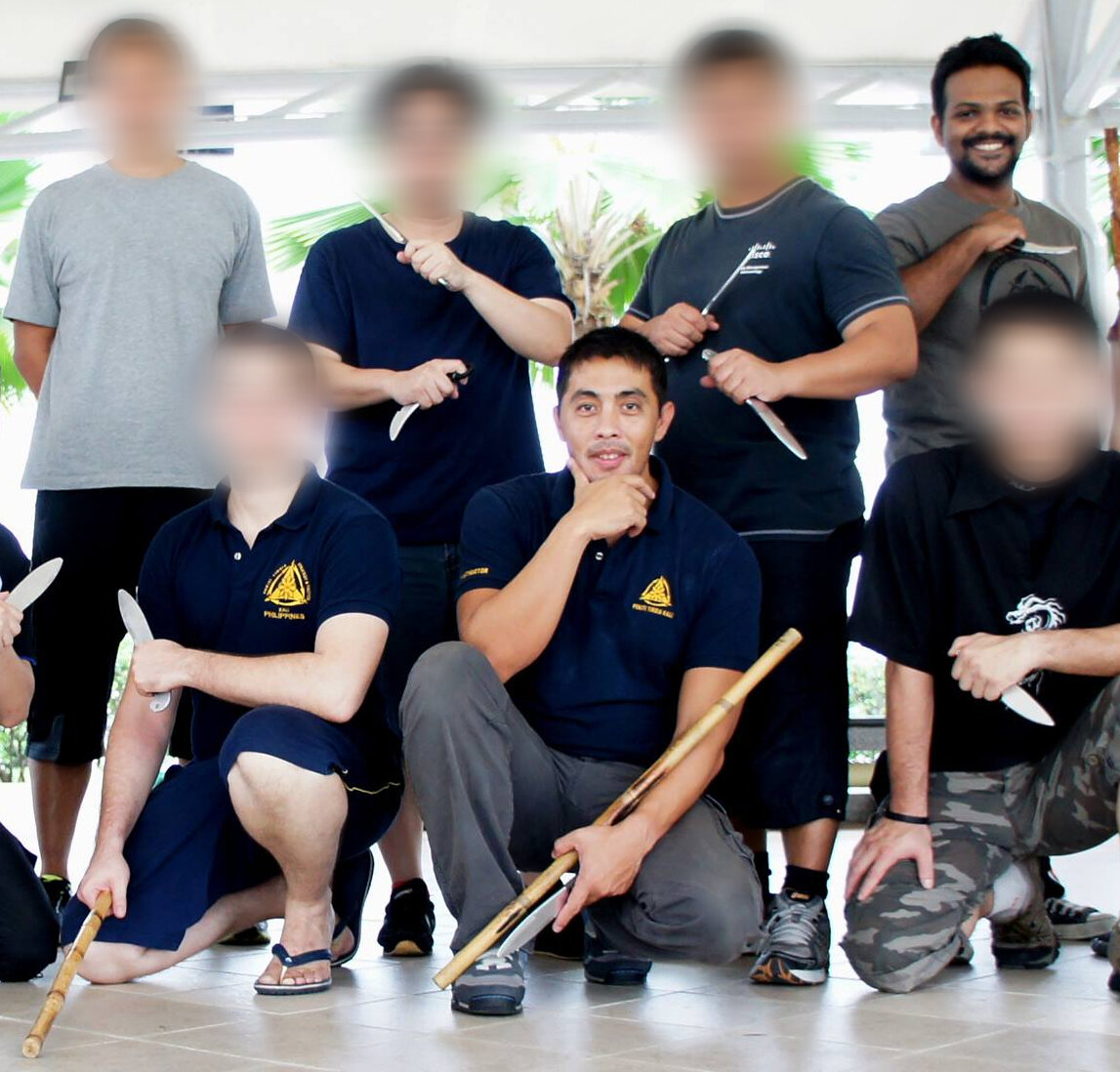From Abstract to Actual: How I perceive the relationship between Principles and Techniques in Martial Arts.
(A quick disclaimer. I have only been training in Pekiti for about 8 years now and that is but the blink of an eye in comparison to the time and understanding of the many other practitioners out there. This post reflects my opinion in the current part of my journey.)
I recall my first ever Pekiti-Tirsia Kali (PTK) seminar with Tuhon, then Mandala, Kit Acenas.
September 2013
I had only been training in PTK for about a year then. And I remember that it was a deep-dive into material that gave me a sniff of all the possibilities within PTK.
I remember that it seemed like we were doing a different 15-count drill every 3-5 minutes or so, and that my brain was becoming saturated with the sheer amount of techniques and combinations of techniques I was being exposed to.
I loved it, and I still love that feeling of exhaustion due to learning.
But when I asked my instructor (Mataas na Guro Jan, now heading Fightkoala in Perth) how he wasn’t getting lost in the drills as many of us were, he pointed out to me that he was looking at the principles being taught, rather than the individual combinations. I also learnt the value of how Kit was teaching. The overloading of combinations stopped us from getting fixated on any one of them and forced the principle to be learnt. It was difficult, especially for someone like me who wanted to get every drill right before moving on, but it was curiously efficient.
I understood what Jan was saying, but I also hadn’t yet developed enough to truly perceive what he was perceiving. it would be at least another 2 years of training and going to seminars with a variety of senior instructors before I even had an inkling of what he had been referring to.
Pekiti Tirsia Kali is described as a principle-based or concept-based art rather than a technique-based one. And we, as practitioners, seek to internalise the principles and apply them, as techniques, when we need to.
But what does all that mean?
In a seminar with Tuhon Mel Tortal, he outlined how Pekiti is a system with several subsystems within it. The subsystems are governed by specific principles and have, “platforms”, what we call the drills that we practice within subsystems, that allow us to train those principles. Platforms also tend to lend themselves to modification or inserts. These platforms are ultimately composed of elements, which I would describe as the core mechanical components of the art. Elements are shared across subsystems, sometimes applied very differently due to different intervening principles.
Ultimately, I think the only things that really exist are the principles and the elements. If one were to think of PTK as an equation, the elements would be the inserted values, the principles would be the operations, and a multitude of other factors (opponent’s position in relation to yours, relative positions of weapons and bodies etc etc etc) function as variables which, put together, result in the actual physical application.
The subsystems, I think, have two functions - to train specific applications of techniques into muscle memory, and more importantly, as the scaffolding through which we learn the elements and internalise the principles. Even, the concept of “muscle memory”, to me, is another way of saying internalising the principles, so I can manifest them intuitively.
To give another analogy, let’s shift focus from Pekiti to the oft-used, and oft ill-used, concept in philosophy - that of Plato’s Cave - the basic premise of which I will hijack for my own ends.
The general gist is that prisoners are bound so that they may only view a wall, upon which is cast shadows of various objects, and the objects as well as the light source are behind or otherwise out of the view of the prisoners. The prisoners perceive the shadows on the wall as reality without being able to understand that the true nature of reality is - the objects which are the source of the shadows.
Plato goes on to use this basic premise to expound on the nature of reality with arguments that support his Theory of Forms, but that won’t be necessary for this discussion.
For us, let us consider the wall on which the shadow is cast as our physical reality while the objects which are the source of the shadows as the principle or collection of principles.
Poetically, we are the light source.
We can now start stacking the principles which will result in a specific technique. The principle we start with is the Line of Attack. What path is my weapon taking? Let us imagine that the weapon is travelling from the top left corner to the bottom right. If we were using a compass face, this is from North-west to South-east. For the mathematically inclined amongst us, it would be the graphical representation of f(x) = -x, and if we are familiar with analog clocks, this would be the line from 11 o’clock to 5 o’clock passing through the centre.
Next, let’s stipulate the orientation of the weapon. We’re either attacking with the edge, “E”, or the point, “P”. This results in either a slash or a thrust, respectively.
Finally, let’s decide which hand we’re holding the weapon with. A right-handed slash now becomes our Angle 2 and a left-handed slash becomes an Angle 1, while a right-handed thrust is roughly a #8 from our 64 Attacks and a left-handed thrust is precisely a #9.
The targets we’re attacking, the timing with which we attack, and what footwork and positioning we use are also principles which factor into the manifestation of a specific technique.
If we look at the Angle 2 slash alone we can see how different principles turn it into a, “different technique”. Assuming my opponent and I are both using our right-hands - if I use the Angle 2 to strike the forearm of my opponent as he is delivering an Angle 2, this would be under the Pasugat principle with Contras timing. If I were striking his forearm as he delivers an Angle 1, then this actualises the Pasunod principle with Contradas timing. Were I to draw my Angle 2 strike closer to my body to protect myself against an incoming strike while supporting it with my support hand, then it is now the #2 Quatro Cantos technique.
And so on and so forth for almost all elements.
In a way, we can imagine the various principles as the orientation of the objects in the cave, and though the change in orientation might cast very different shadows, i.e. techniques that look very different, we can now see how they can stem from similar fundamental principles.
Often, the basic strikes like the Angle 1 and Angle 2 are considered elements, and it is certainly much more useful to think of them in this way - though, for me, this blurs the division between principles and techniques. I like my categories and boundaries clean, but life is hardly so.
Rather, on a spectrum from Abstract to Actual, it is the layering of concepts which take us from one to the other. The intangibles accumulate and work together to finally burst out into reality as this thing we call a technique.


